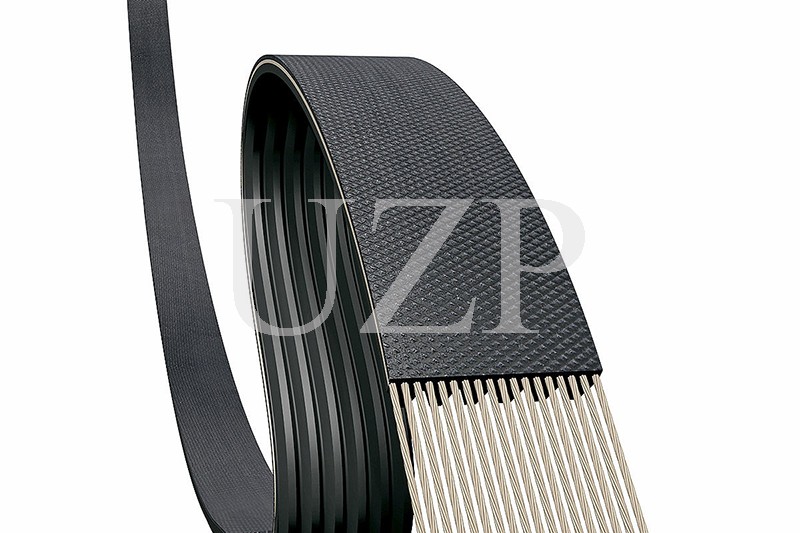
How do drive and V-ribbed belts work?
Your vehicle's drive belt supplies power to the vehicle's engine, alternator, water pump, power steering pump, and air conditioning compressor. Usually a car has one or two drive belts, and if there is only one, then it is often called a poly V-belt.
The drive belt is made of durable rubber, but it will take some wear and tear over time. You can usually expect it to last up to 75,000 miles, but most mechanics recommend replacing it at the 45,000 miles mark because if it breaks, you won't be able to drive your car. And if the engine is running without a belt, the coolant will not circulate and the engine may overheat.
How to understand that the belt needs to be replaced?
You will probably notice a chirp or squeak. If you do this, your mechanic will inspect the belt. Tears, cracks, missing pieces, damaged edges and glazing are all signs of excessive drive belt wear and should be replaced. You should also replace the drive or V-ribbed belt if it has become soaked with oil - this may not cause problems right away, but oil is one of the main causes of drive belt damage, so an immediate replacement is recommended.
Loose belts are also a problem. Most cars today are equipped with a belt tensioner that works automatically to ensure the belt is always properly adjusted, but some still require manual adjustment. A rattling sound may indicate a problem with the drive belt tensioner.
What causes drive belt wear?
One of the most common causes of excessive and premature belt wear is alternator misalignment. When the alternator is displaced, so is the pulley that moves the belt. Another reason is the absence or damage of the motor under protection, which protects the belt from water, dirt, small stones and other compounds that can cause it to wear out faster. Oil or coolant leaks and improper tension can also cause wear.
Don't risk
Don't neglect the drive belt. The last thing you want is to end up on the side of the road with an overheated, badly damaged engine due to a failed water pump or cooling system, or to lose power steering on a tight curve. Don't risk damaging your car's engine or yourself.
